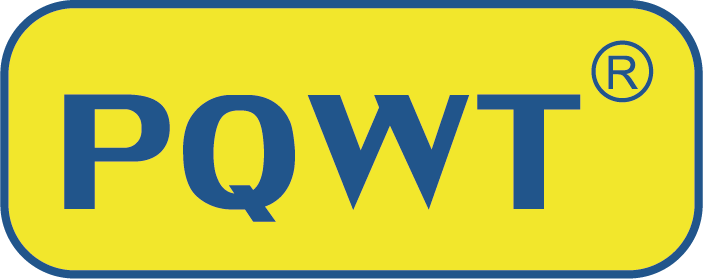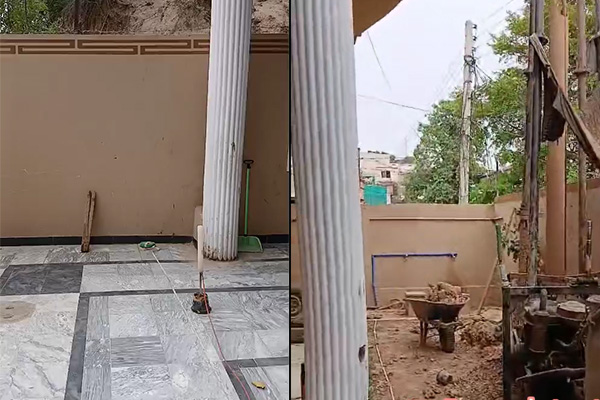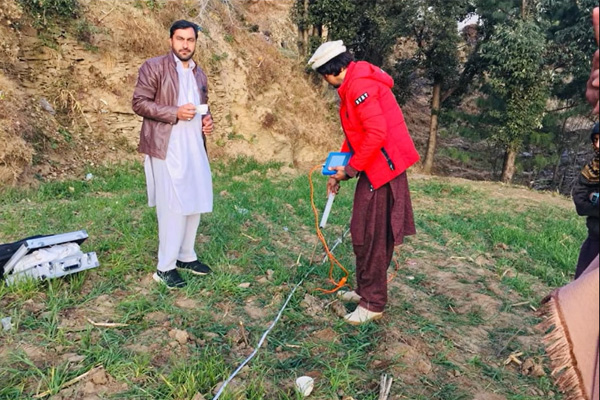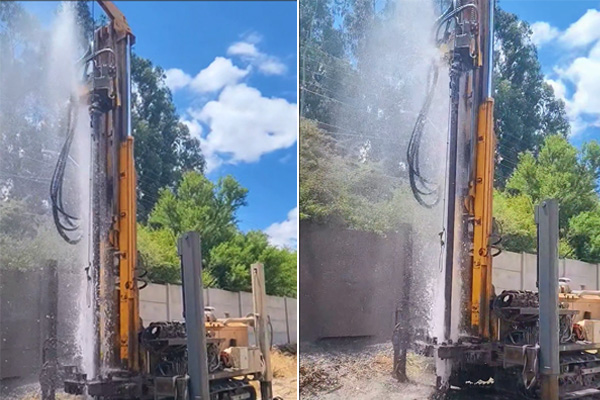As the global population grows and the demand for water resources continues to increase,finding reliable underground water sources has become particularly crucial.Whether to meet the needs of agricultural irrigation,industrial water use,or residential living,well drilling is a key step in accessing groundwater.This article introduces five commonly used methods for well drilling and water extraction,and discusses their characteristics and application scenarios.
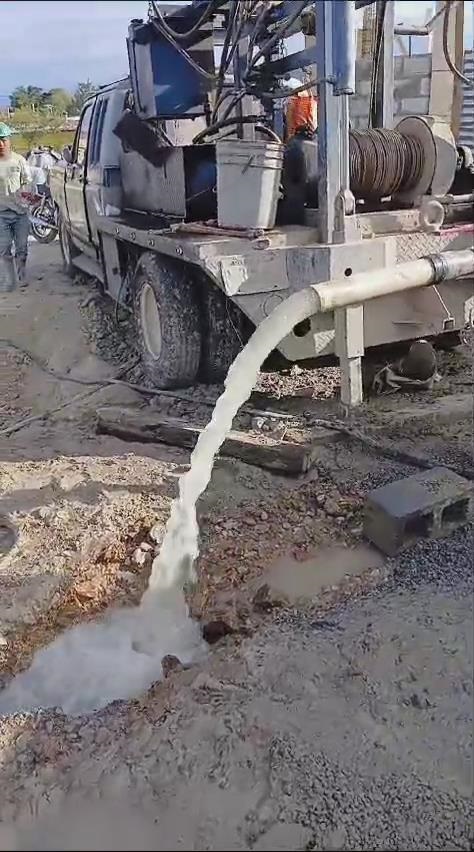
1.Drilling Method:Delving Deep into the Earth
The drilling method involves using mechanical drills or manual drilling tools to bore holes into the ground until the water-bearing layer is reached.This method has wide applicability,allowing for the excavation of various types of strata,including hard rock layers,from shallow to deep depths.After drilling is completed,pump tests can be conducted to assess water quality and quantity,ensuring that the new well can provide sufficient water resources.The advantage of this method lies in its flexibility and reliability,making it suitable for operations under various geological conditions.
2.Percussion Method:A Solution for Loose Strata
The percussion method utilizes pressure to drive steel pipes into the ground,particularly suitable for loose strata such as sandy soil or soft rock layers.The vibration generated during the percussion process not only helps to penetrate obstacles but also promotes the inflow of water from surrounding soils into the well,improving water yield.This technique is simple and effective,with relatively low costs,making it particularly practical for areas unsuitable for large-scale mechanized operations.
3.Pumping Method:A Bridge for Verification and Water Supply
The pumping method is not directly used for water extraction but serves as an important step for testing the yield of drilled wells and for official water supply.By installing pumps,accurate measurements and monitoring of groundwater level changes can be conducted,providing data support for subsequent management and development.Additionally,regular pumping tests are one of the effective ways to maintain the healthy operation of the well.
4.Blasting Method:Opening New Water Channels
The blasting method is a radical but efficient means of creating fractures or expanding existing fracture systems in underground rocks to increase groundwater mobility by implementing explosions at predetermined locations.Although this method is highly effective,it requires highly skilled operators and strict safety management measures to prevent accidents.Therefore,the blasting method is typically limited to specific conditions,such as rapid response to emergencies or dealing with complex geological structures.
5.Groundwater Detector Electrical Survey Method(Geophysical Exploration):Technology Aids Precision Location
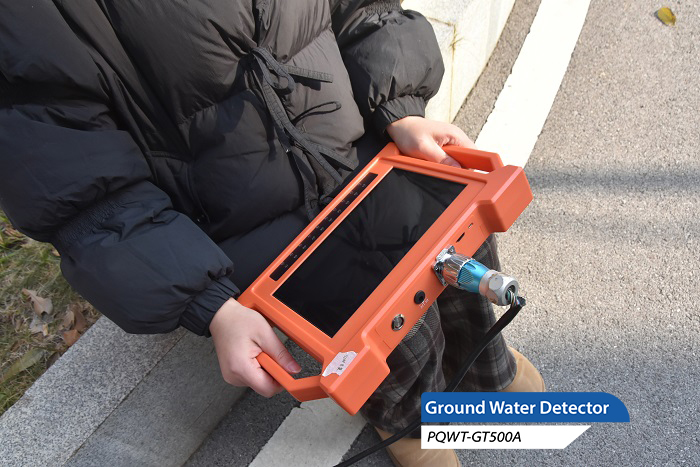
The groundwater detector electrical survey method is a collection of techniques based on physical principles,such as using groundwater detector resistivity imaging and induced polarization.These techniques help engineers infer underground structures and water content by measuring the electrical response characteristics of underground media,thereby more scientifically selecting well drilling locations.The high-density electrical survey method can quickly obtain detailed underground information over a large area,providing strong support for determining the optimal well location.Compared to traditional methods,the electrical survey method is more accurate and environmentally friendly,reducing impacts on the environment.
Each method for well drilling and water extraction has its unique features,and practical applications often require a combination of multiple techniques,taking into account geological conditions,cost-effectiveness,and other factors to develop the most suitable plan.At the same time,traditional experience and skills should not be overlooked,as they can provide valuable complements to modern science and technology,jointly contributing to more effective exploration and utilization of groundwater resources.In the future,with technological advancements,we look forward to seeing more innovative methods applied in this field to better address the global water scarcity issue.



